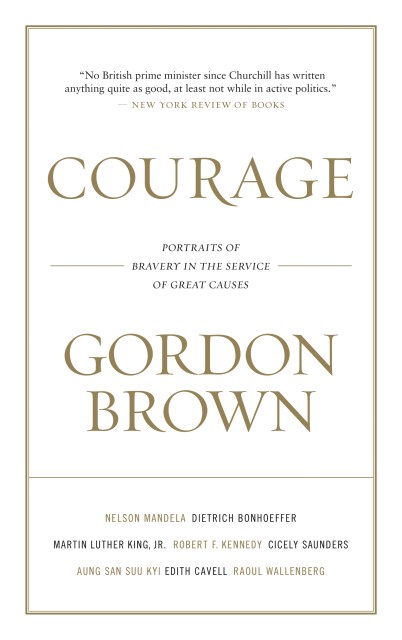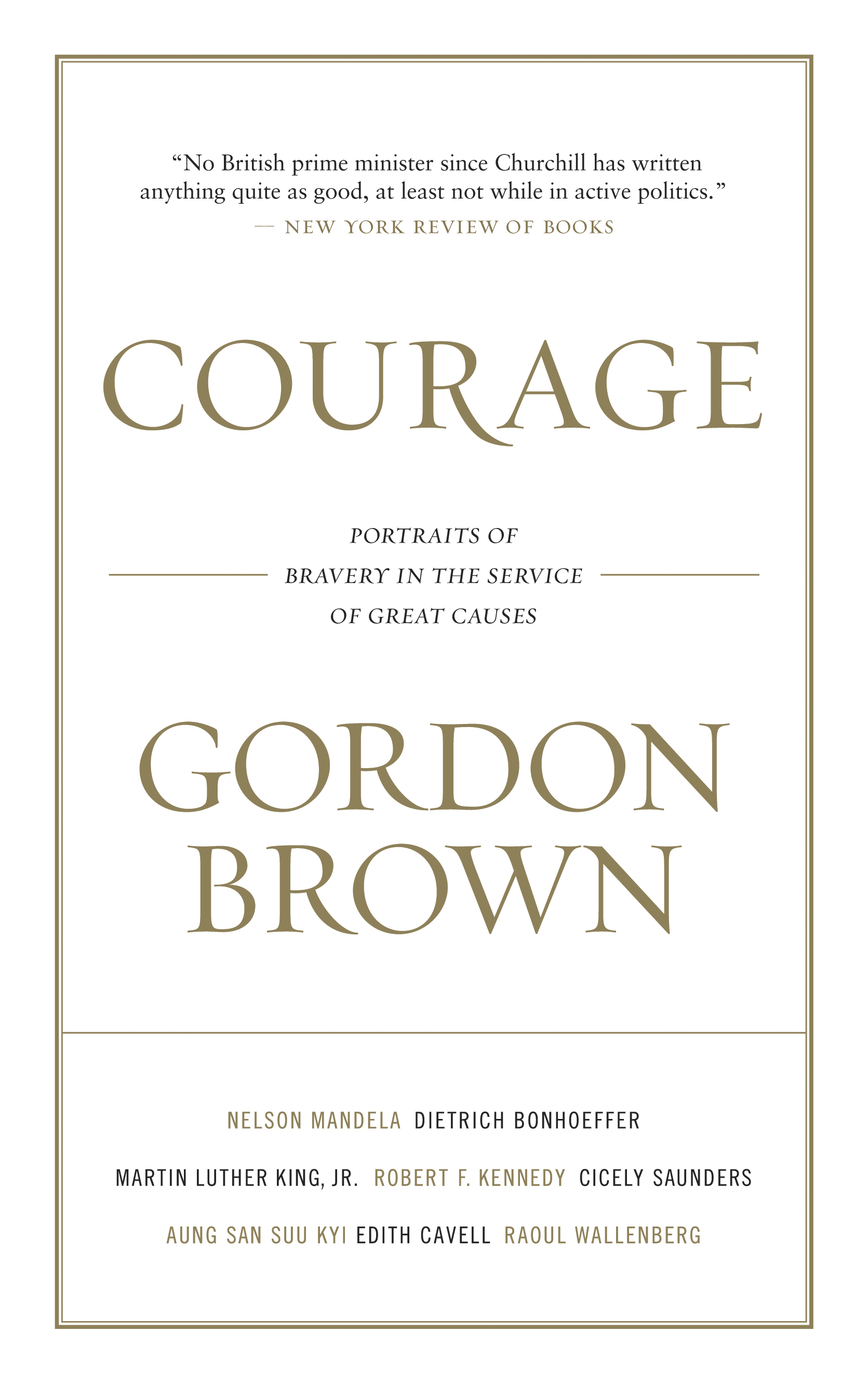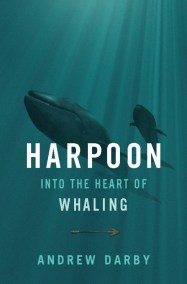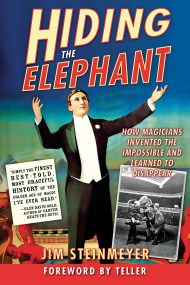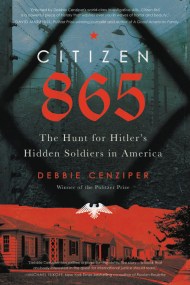Promotion
Use code MOM24 for 20% off site wide + free shipping over $45
Courage
Portraits of Bravery in the Service of Great Causes
Contributors
By Gordon Brown
Formats and Prices
Price
$10.99Format
Format:
ebook $10.99This item is a preorder. Your payment method will be charged immediately, and the product is expected to ship on or around May 5, 2009. This date is subject to change due to shipping delays beyond our control.
Also available from:
In the tradition of John F. Kennedy’s Pulitzer Prize-winning Profiles in Courage, Prime Minister Gordon Brown’s fascinating collection of inspirational leaders is destined to become a staple of every politically conscious reader’s library as his already-significant profile grows exponentially around the world.
The prime minister explores the lives of eight outstanding twentieth-century figures to uncover why some men and women make difficult decisions and do the right thing when easier and far less dangerous alternatives are open to them. Those profiled range from icons such as Martin Luther King, Jr. and Robert F. Kennedy to lesser-known figures such as Edith Cavell, who nursed the wounded of World War I in Belgium and helped Allied soldiers escape, and pastor Dietrich Bonhoeffer, who returned to Nazi Germany from New York to lead the Christian opposition against Hitler’s regime. Bringing his personal reflections to these intimate portraits, Brown illuminates a common thread of inspiring courage in every one of these eight heroes and, in doing so, introduces us to his own inspiring values.
Genre:
- On Sale
- May 5, 2009
- Page Count
- 336 pages
- Publisher
- Hachette Books
- ISBN-13
- 9781602860582
Newsletter Signup
By clicking ‘Sign Up,’ I acknowledge that I have read and agree to Hachette Book Group’s Privacy Policy and Terms of Use
